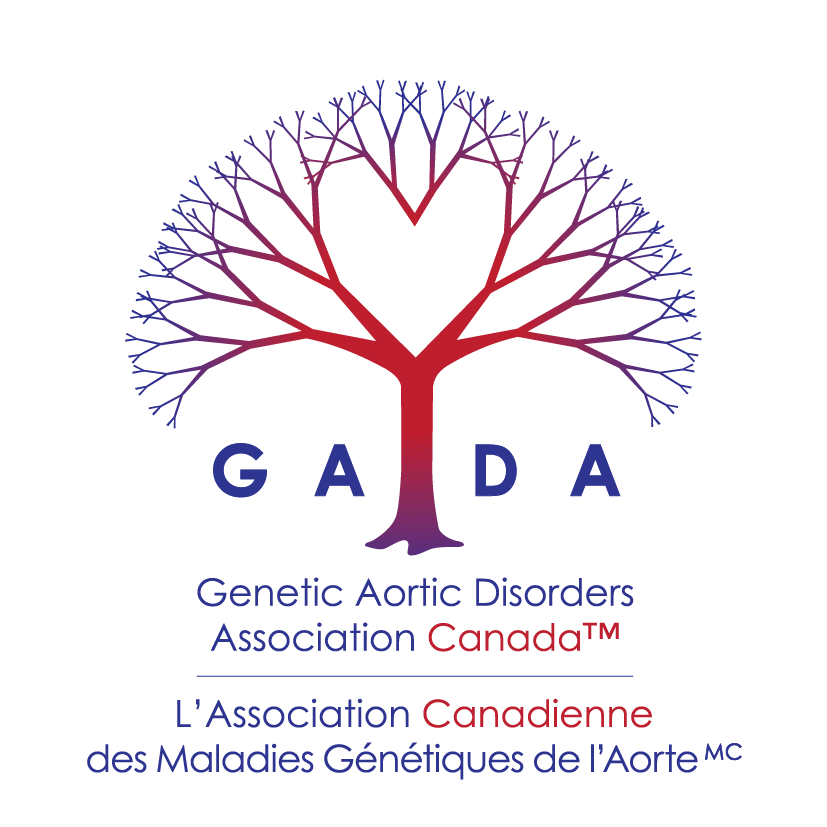How is the Body Affected?
Marfan syndrome and related disorders affect the body’s connective tissue by weakening it. Connective tissue is found throughout the body, holding it together and plays a role in its growth and development. Thus, Marfan syndrome and related disorders can affect many parts of the body, including the heart and blood vessels, bones and joints, eyes, skin, and lungs. Marfan syndrome has “variable expression” meaning that some individuals with Marfan syndrome have many of the features listed below while others have very few and some have only mild symptoms while others are more severely affected. The following are the body systems most often affected by Marfan syndrome. Fortunately most of the problems associated with the condition can be effectively managed if they are recognized early.
Heart and Blood Vessels (Cardiovascular System)
The most serious problems associated with Marfan syndrome involve the cardiovascular system.
Aortic dilation and aneurysm
Aortic dissection
Mitral Valve Prolapse
Aortic Regurgitation
Bones and Joints (Skeletal System)
Long arms and legs
Tall and thin body type and/or long narrow face
Long, thin fingers
Scoliosis or Kyphosis – curvature of the spine
Pectus Carinatum or Pectus Excavatum – chest bone that protrudes outwards or curves inward respectively
Flat feet
Crowded teeth
Flexible joints
High-arched palate
Eyes (Ocular System)
Ectopia Lentis
Retinal detachment
Severe Myopia
Early cataracts
Early glaucoma
Nervous System
Dural Ectasia
Lungs
Sudden lung collapse
Emphysema
Asthma
Sleep apnea
Other Systems
Stretch marks on the skin that aren’t explained by pregnancy or weight loss/gain

